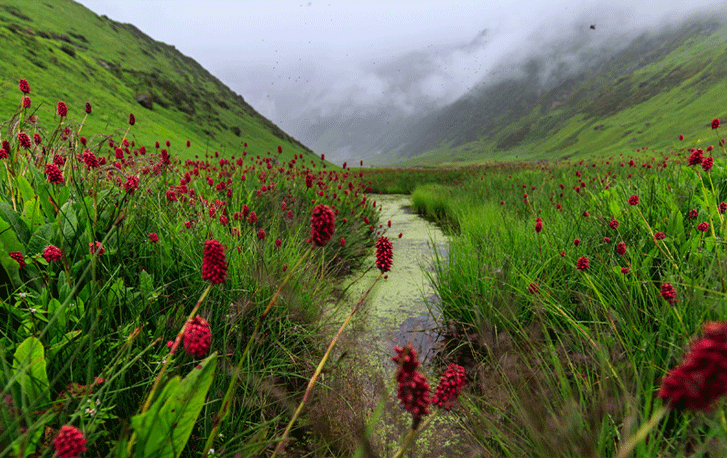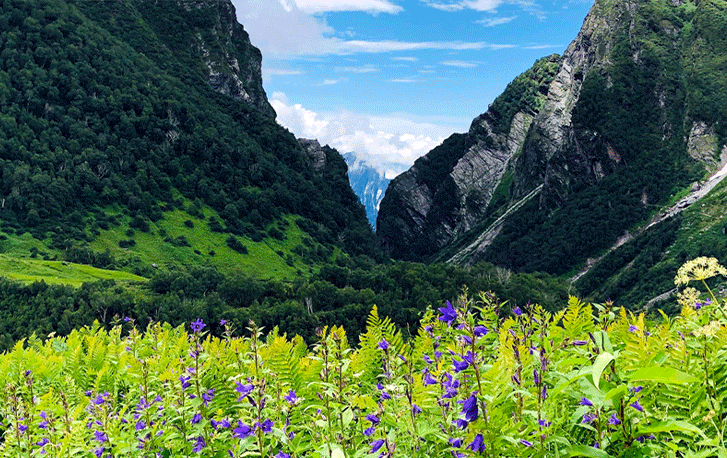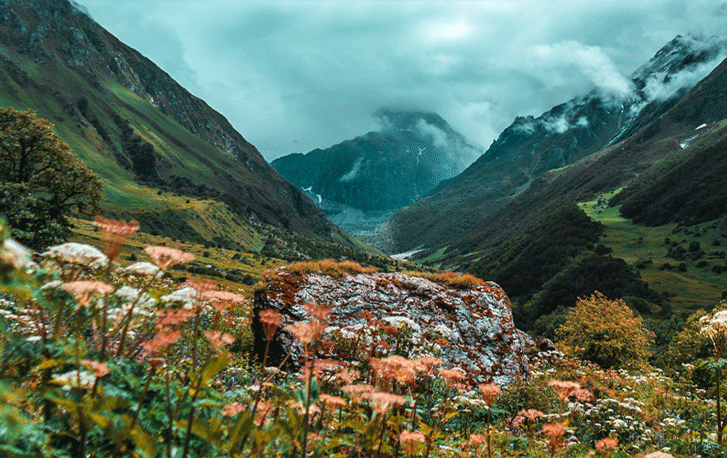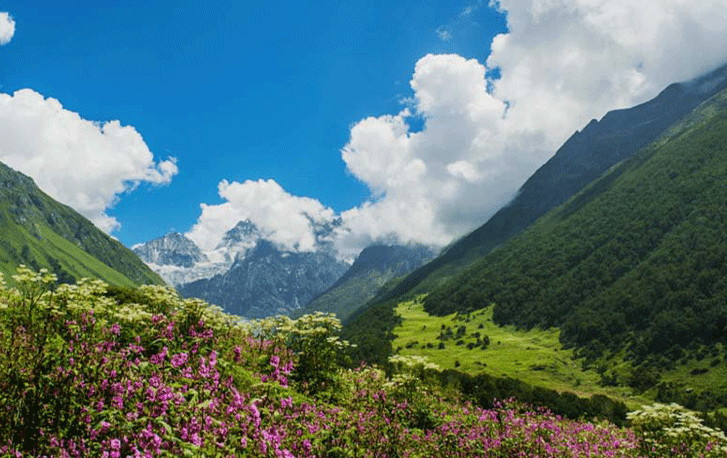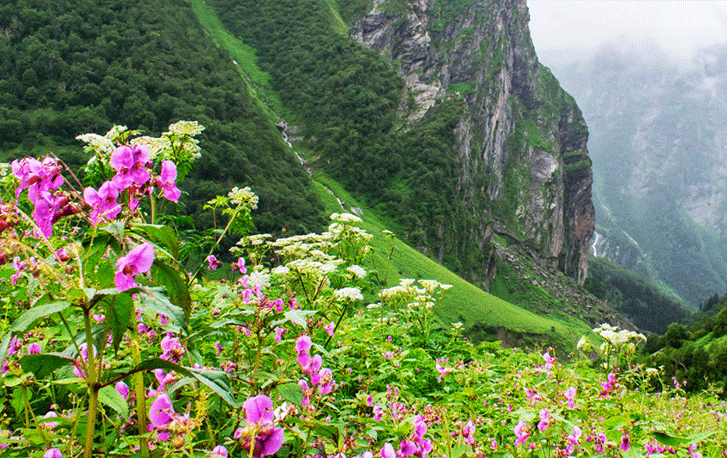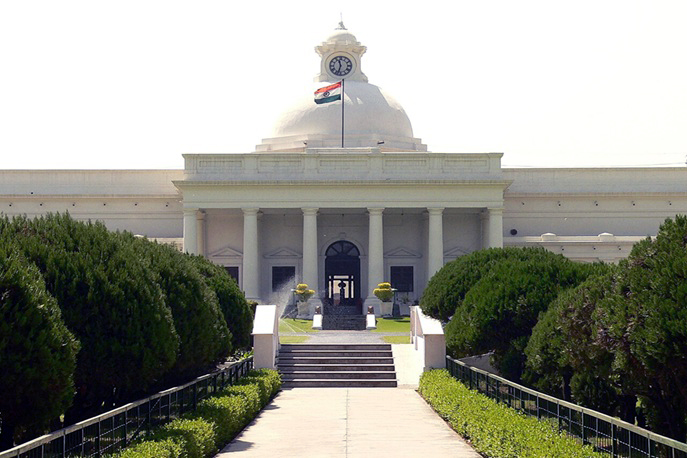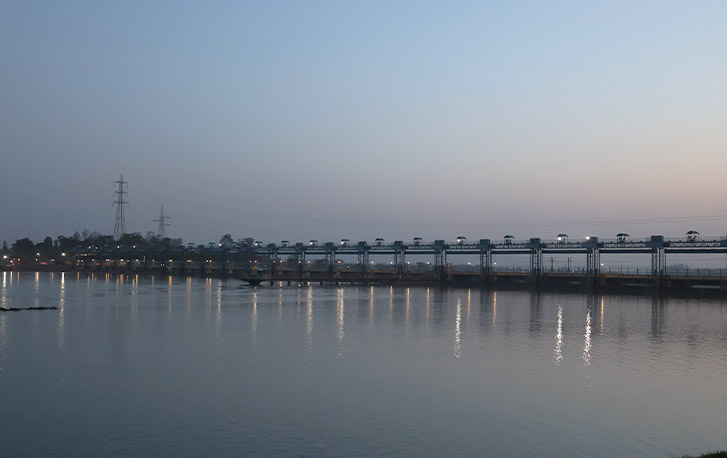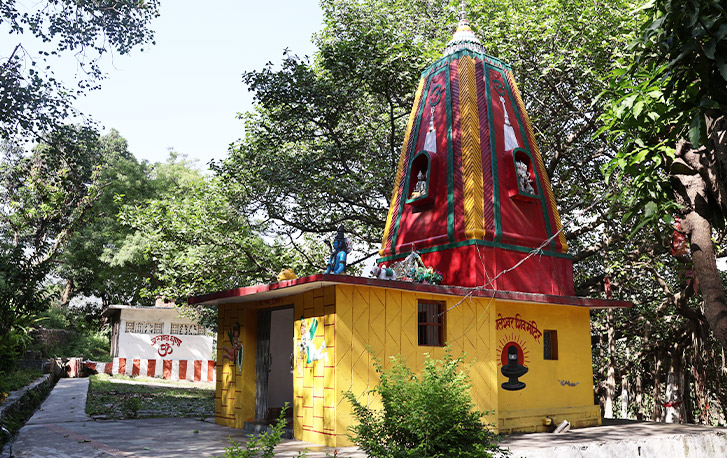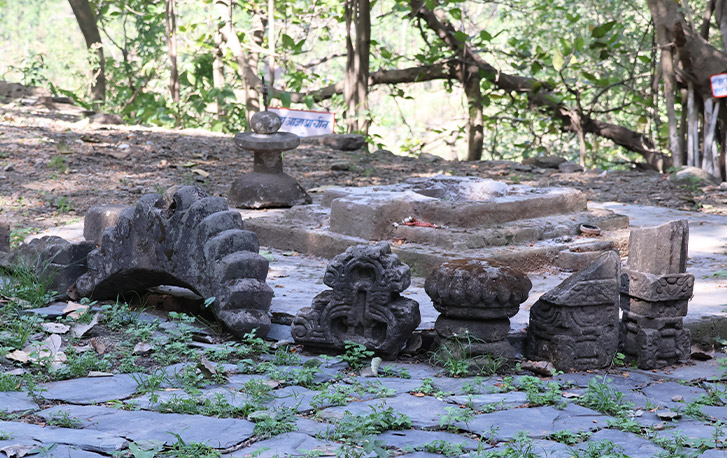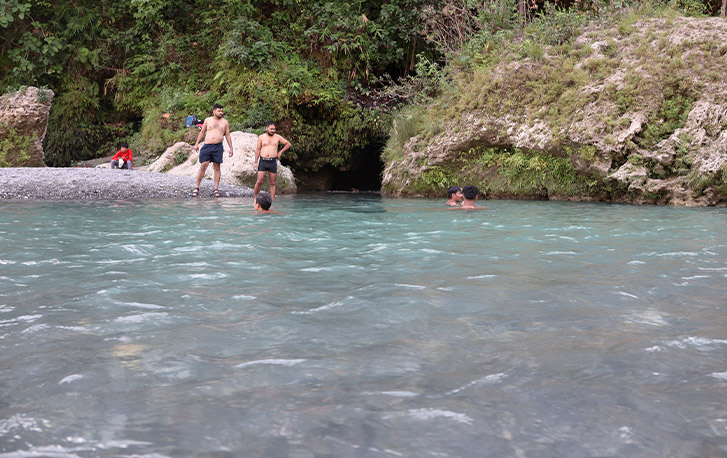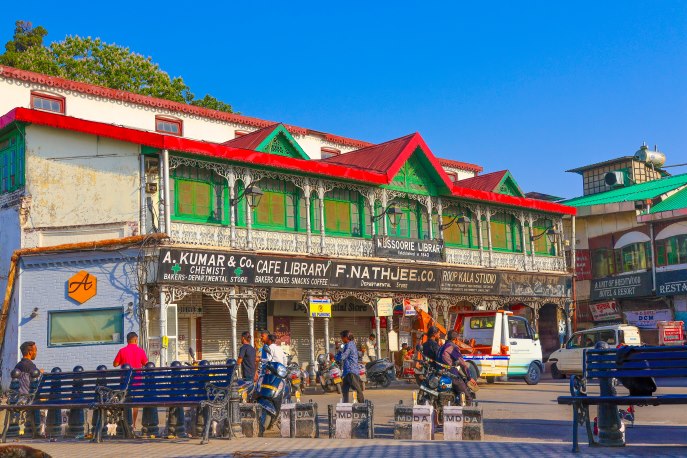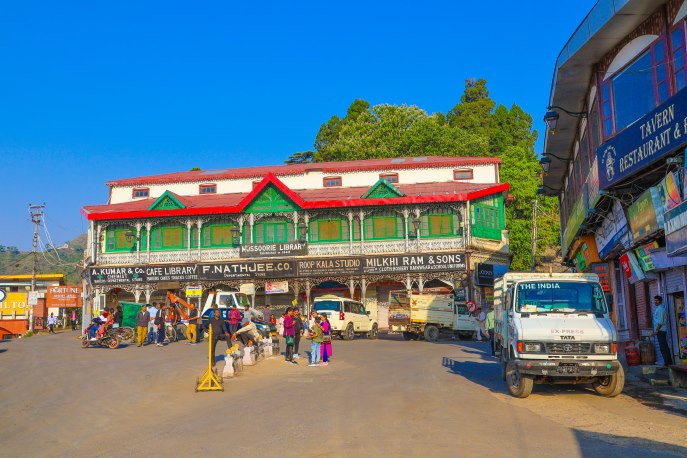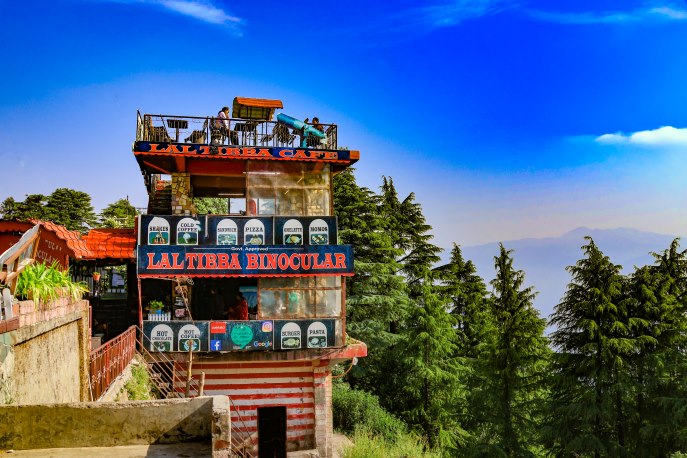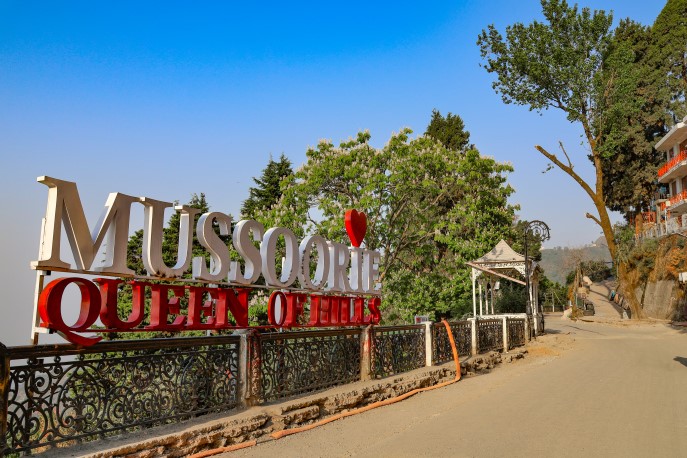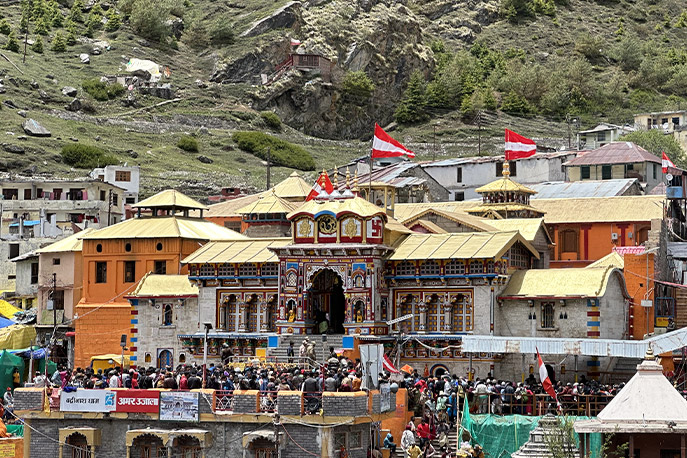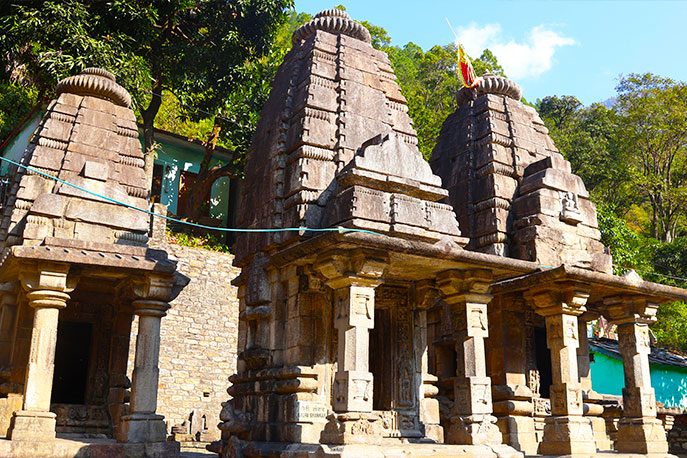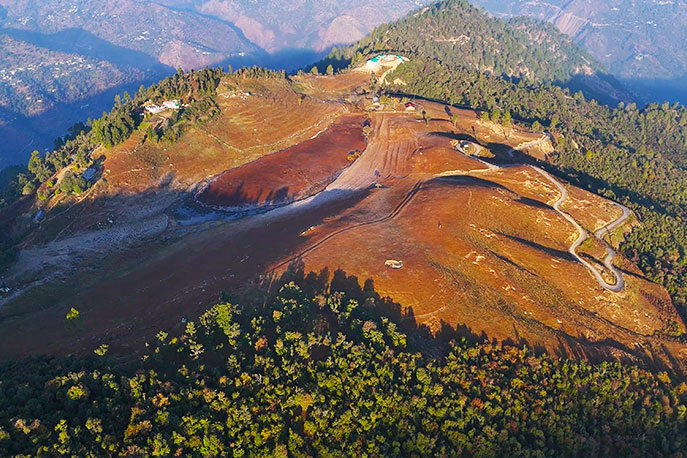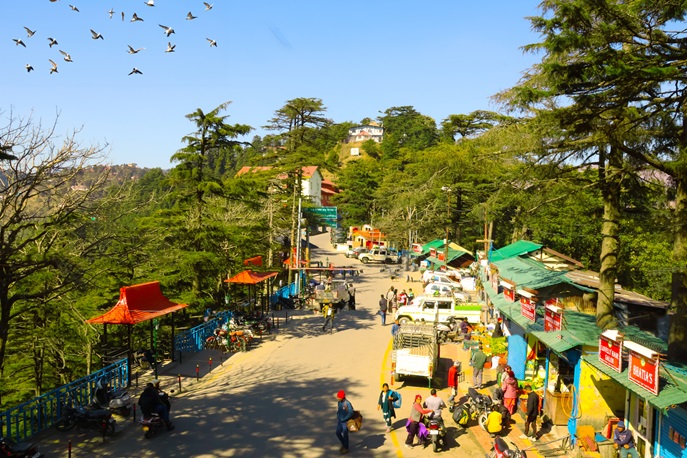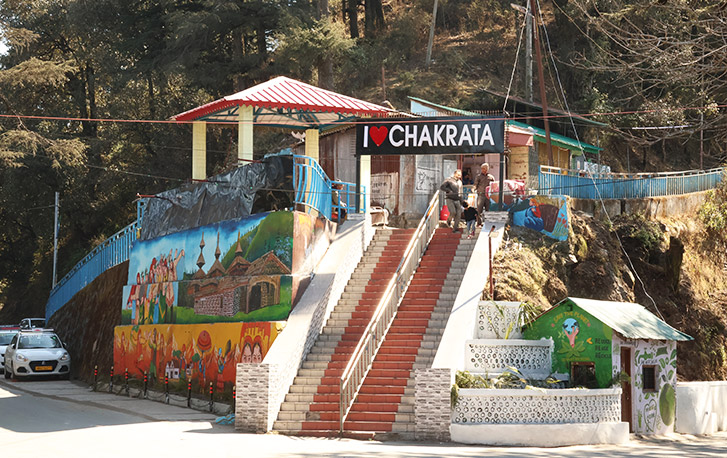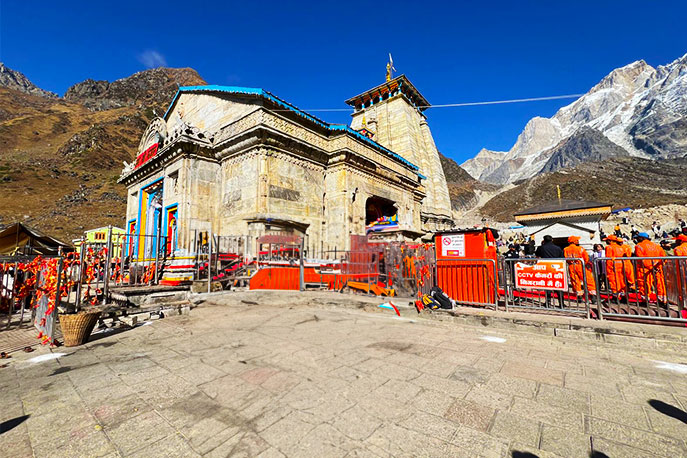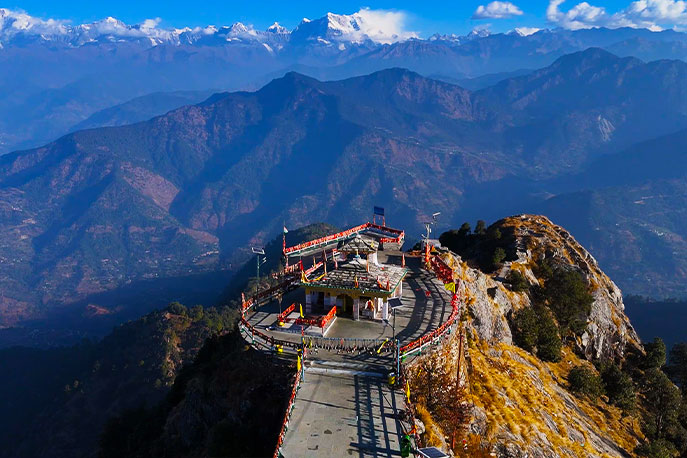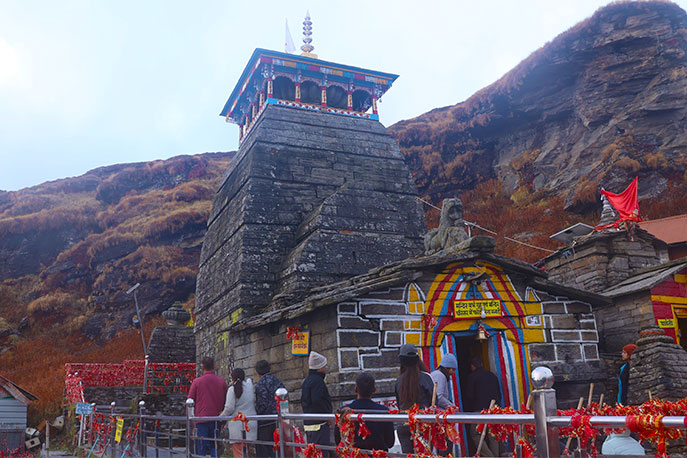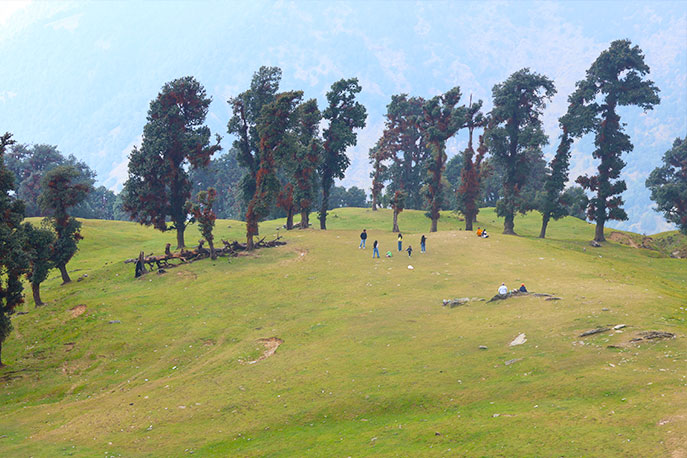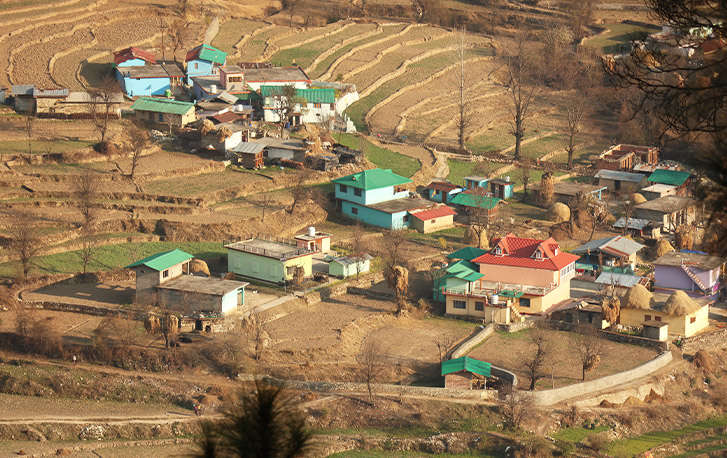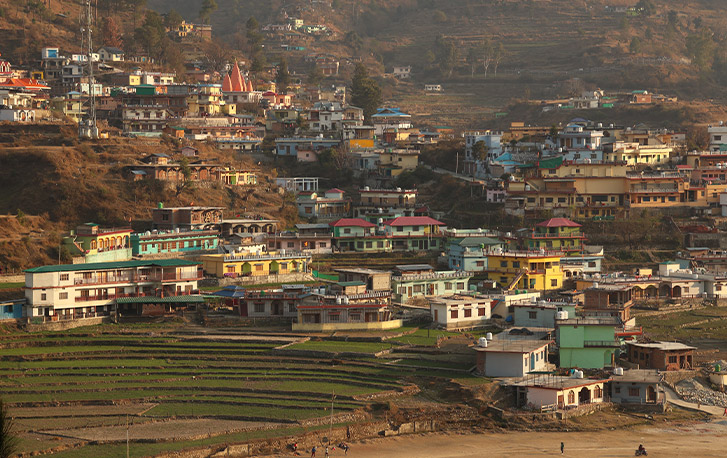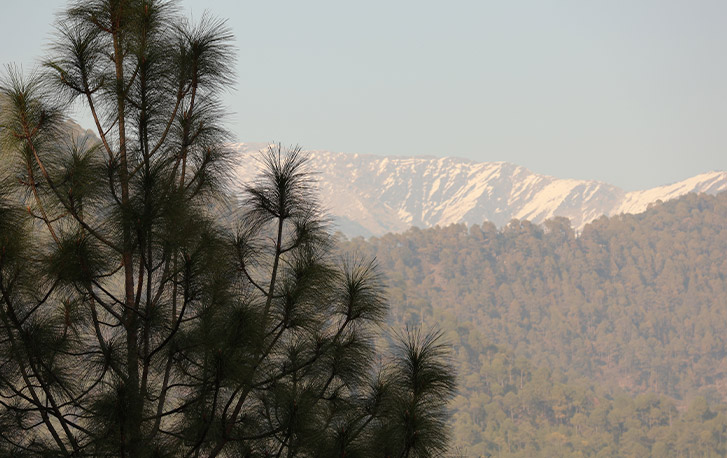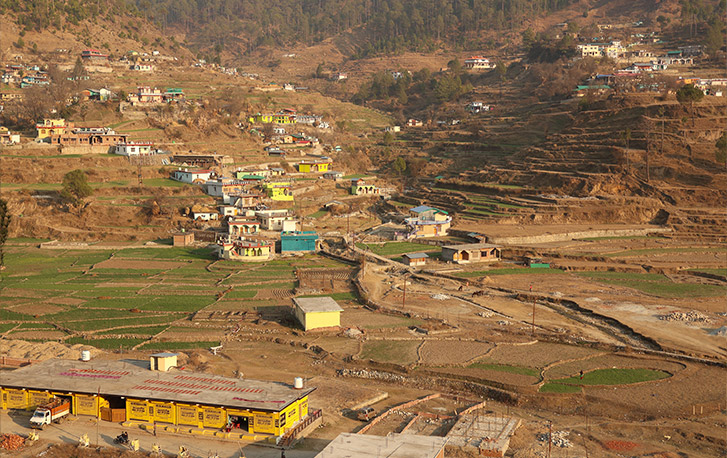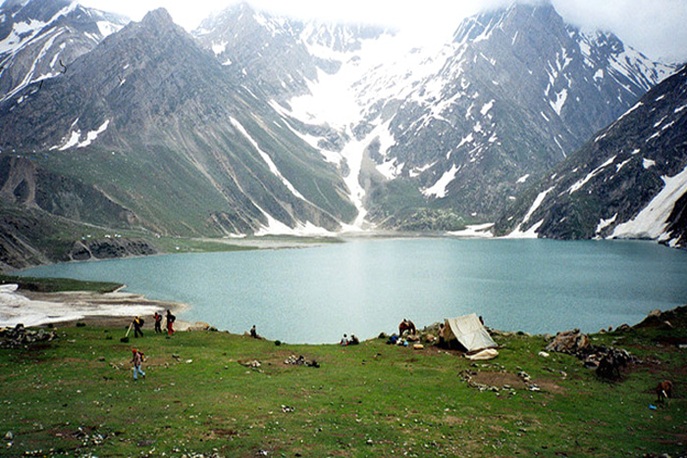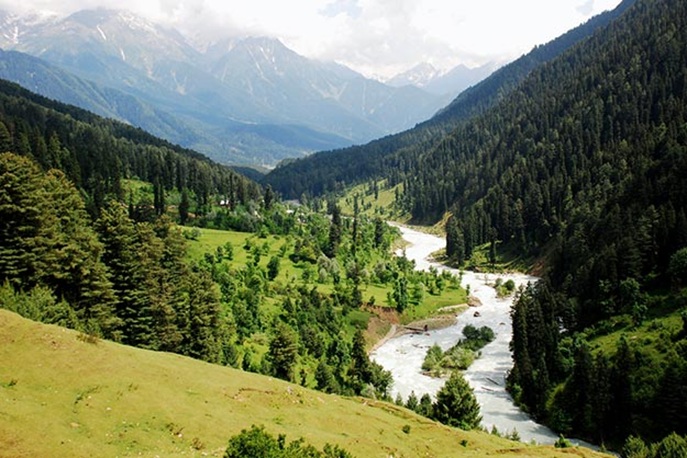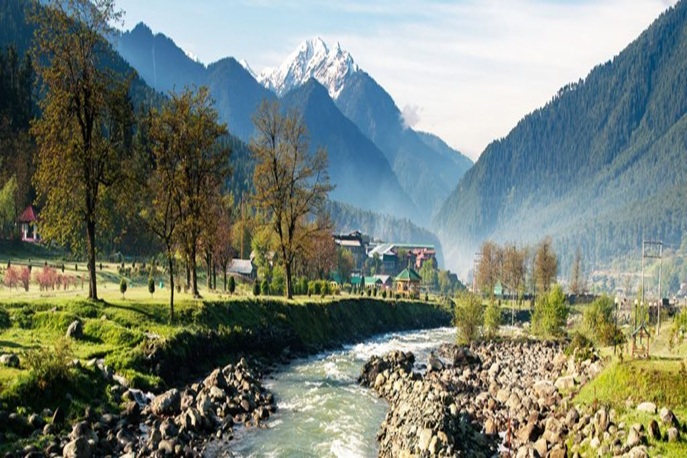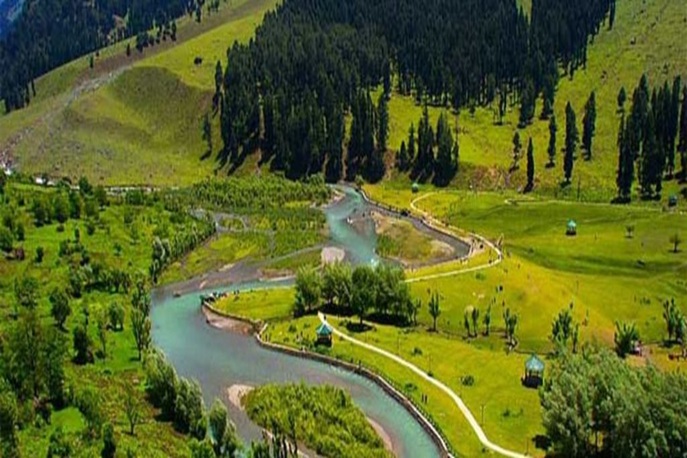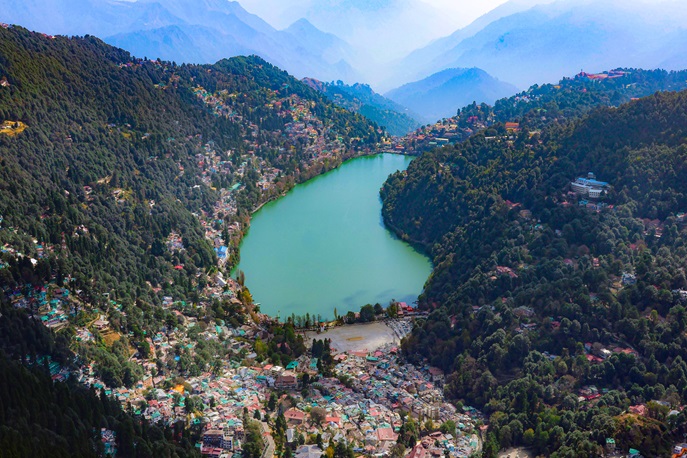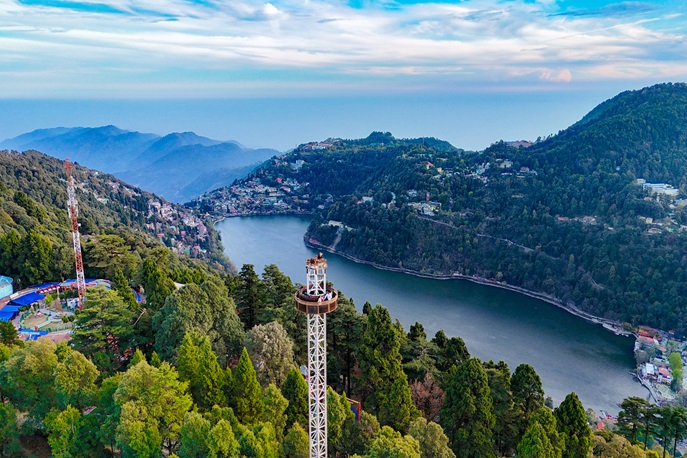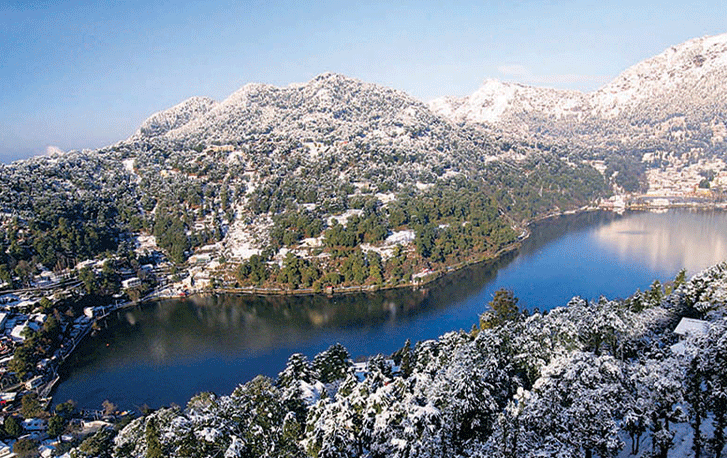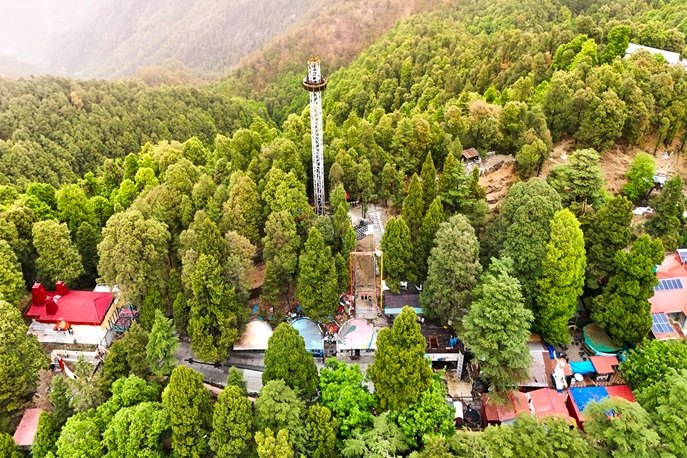Valley of Flowers
Related Video
About
Valley of Flowers is one of the most popular trek routes in Uttarakhand. Spread over 87 sq. km, this Indian National Park was established in 1982 and was declared a UNESCO World Heritage site in 2002. Surrounded by over 600 species of vibrant flowers, it remains open to visitors for six months each year. Unlike many other treks, this adventure trail goes through dense forest, cascading waterfalls, bridges, and even glaciers. The scenic view this valley offers is awe-inspiring and beyond imagination.
Nestled amidst lush green mountains and sprawling meadows, the valley offers an ethereal and enchanting view. July to August is considered to be an ideal time to visit, as this is when most of the flowers are in full bloom. A river called Pushpawati flows through the valley and was discovered by Col. Edmund Smyth. Along with the Indians, the Valley of Flowers also attracts many international tourists. It's a favourite destination for trekkers, nature lovers, botanists, photographers, bird lovers, and wildlife photographers.
Valley of Flowers Trek Opening and Closing Date 2025
The Valley of Flowers trek route opened to visitors on June 1, 2025. From 2025, registration is mandatory for all visitors and can be done online or offline. This popular trek typically lasts 5 to 6 months. Though the official closing date for 2025 has not been announced yet. It is expected to close by the end of October.
Flaura and Fauna
Uttarakhand is not only known for its revered shrine but also for natural wonders like the Valley of Flowers. Located 302 km from Dehradun, the valley is home to various species of flora that attract visitors with its beauty and fragrance. However, some of these species are endangered and on the verge of extinction.
In addition to rare flower species, the valley is also home to some endangered wildlife species, including the snow leopard, Asiatic black bear, blue sheep, musk deer, red fox, Himalayan Monal, and flying squirrel. However, the population of such animals is relatively low, and before 2004, 13 species of mammals were recorded in the valley.
A home to a variety of flora
With over 62 species, the Asteraceae family dominates in the valley. Besides the vibrant blossoms, the valley is home to various medicinal plants. At present, around 42 medicinal plant species are found in the valley, many of which have been used by the local villagers.
As soon as you enter the valley, visitors are welcomed by a multicoloured carpet of wildflowers. Going deeper into the valley, one can come across a popular flower species, Saussurea Obvallata, commonly known as Brahma Kamal. This sacred flower typically blooms from August onwards and is often offered at religious places, especially to goddesses Nanda Devi and Sunanda Devi. In addition to it, Blue Poppy and Cobra illy are also its major attractions.
Trek to the Valley of Flowers
The Valley of Flowers Trek is popular among adventure enthusiasts looking for a new trail. The journey begins at Govindghat, from where visitors need to trek around 13 km to reach Ghangaria. This village serves as the base camp for both Hemkund Sahib and the Valley of Flowers. After an overnight stay, one can start a 3.5 km long trek to the Valley. Being a protected heritage site, staying overnight is not permitted; visitors must return to their base camp (Ghangaria or Govindghat) by 5 PM.
Its trail features waterfalls, wild rivers, and a breathtaking view of the Himalayas. Upon entering the valley, the Blue Poppy viewpoint is ready to welcome with a stunning panorama. Apart from the lush green surrounding view, the views of Gauri Parvat and Tipra Bamak Glacier are truly majestic.
Recognition of World Heritage Site
After being declared a National Park by the Indian government, UNESCO declared the Valley of Flowers a World Heritage Site in 2002. The valley is divided into three sub-alpine zones: the foothills alpine zone, the lower alpine zone, and the higher alpine zone. As per the research done by the Forest Research Institute in 1992, the valley is home to around 600 species of exotic flowers, including orchids, marigolds, poppies and anemones.
Things to Do
Visitors can take part in various activities during their visit to the Valley of Flowers, such as: -
| Trekking | As trekking to the valley is a must for entry, visitors can also hike to Hemkund Sahib Gurudwara from Ghangaria. |
|---|---|
| Village Tourism | Ghangaria, the last inhabited village en route to the Valley, serve as the base camp for both Hemkund Sahib and the Valley of Flowers. Visitors can explore the village and dive into the lives of local residents. |
| Photography | Whether you are a wildlife or nature photographer, the valley provides countless memories to capture. |
| Pilgrimage | You can also visit Hemkund Sahib Gurudwara and Lokpal Laxman temple to seek blessings. |
History
Until 1931, the Valley remained undiscovered when three British mountaineers unearthed this paradise accidentally when they lost their way. They were pleased with the beauty of the flowers, hence they named the place "Valley of Flowers". One of them later authored a book by the same name. In 1931, Joan Margaret Legge, a prominent botanist, visited the site to study flora. During this, she slipped and died on the spot. Later in her fond memory, her sister erected a memorial near the site in her honour.
Key Details
| Location | Chamoli Garhwal, Uttarakhand. |
| Total Motorable Distance | Delhi (519 km) - Dehradun (302 km) - Rishikesh (262 km) - Haridwar (286 km) |
| Last motorable point | Govindghat and Poolna. |
| Total Trek Distance | 17.8 km from Govindghat or 12.5 km from Poolna. |
| Visiting Hours | 7:00 am to 5:00 pm. |
| Base Camp | Ghangaria. |
| Mode of Travel | Bus, taxi, and bike. |
| Accommodation availability | Govindghat, Poolna, and Ghangaria. |
| Registration | Online and Offline |
Route Map
Delhi → Haridwar → Rishikesh → Devprayag → Srinagar → Rudraprayag → Karnaprayag → Joshimath → Govindghat.
Entry Fees
| Category | Indian + SAARC | Foreigner |
|---|---|---|
| Kids (0-12 years) | No Fee | Rs 800/- |
| Student (12-18 years) | Rs 50/- | Rs 800/- |
| Students (18+)/ Physically Handicapped/Senior Citizen | Rs 100/- | Rs 800/- |
| Adult | Rs 200/- | Rs 800/- |
Accommodation
Being a heritage site, the Valley of Flowers doesn't offer camping or overnight stays. Visitors must return to their base camp, either Ghangaria or Govindghat. Both Ghangari and Govindghat offer an ample number of stay options, including hotels, homestays, and guesthouses. However, one can also explore accommodation options in Poolna village, which is around 5 km away from Govindghat and can be reached by car or shared taxis.
Registration
All must register and obtain a permit before embarking on the journey to the Valley of Flowers. Registration can be done online and offline.
- Offline Registration can be done from the counter installed at Ghangaria.
- For Online Registration, visit www.valleyofflower.uk.gov.in
- Select Apply for permit.
- Provide the details and pay the fee.
- Click the hyperlink to know more about the Valley of Flowers Permit Registration Process.
Important Tips for Travellers
- A permit is mandatory for all visitors, which can be obtained online at www.valleyofflower.uk.gov.in or offline at the counters in Ghangaria.
- The trek to the Valley of Flowers can be started from either Govindghat or Poolna, the last motorable points.
- Paid parking is available at Govindghat.
- Accommodation is available at both Govindghat and Poolna. However, Poolna offers limited stay options.
- Book your accommodation in advance to avoid any last minute rush.
- Visitors must return to their accommodations by 5:00 pm, as staying is prohibited at the Valley of Flowers.
- The trek gate opens at 7:00 am and closes at 2:00 pm.
- The total trek distance from Ghangaria to the Valley of Flowers is around 3.5 km.
- To enjoy and explore the site completely, start your trek as soon as the gate opens.
- Carry necessary items like an emergency light, raincoat, waterproof trekking shoes, an extra pair of socks, jackets, spare batteries, and a plastic sheet to protect gadgets.
- Carry essential medicines, electrolytes, water bottles, snacks, etc.
- If travelling during the monsoon, check the road and weather conditions with the authorities.
- Pony facilities are available from Govindghat to Ghangaria.
- Avoid unnecessarily shouting in the valley.
- Keep the cigarette butts, as it may leads to fire in the forest.
- Do not throw a water bottle in the wild.
- Always maintain a safe distance from the wildlife, flowers, and natural habitat.
- Do not feed wildlife, and avoid visiting close to them for their photographs.
- Always stay on the designated trail route.
Nearby Attraction
You can also visit some popular attractions near the Valley of Flowers: -
- Hemkund Sahib.
- Badrinath.
- Mana.
- Vasudhara Falls.
How to Reach
By Road : - Valley of Flowers is located in the Chamoli District of Uttarakhand. It is situated around 320 km from Dehradun ISBT, including an 18 km trek from Govindghat or 13 km trek from its last motorable point poolna. Its popular last motorable point is Govindghat, which is accessible by bus, shared taxi, private taxi, or bike. Direct buses are available from Dehradun Hill Bus Stand, Rishikesh Bus Stand, and Haridwar Bus Stand. Visitors can also hire taxi and rent a bike to access the palace conveniently.
By Rail : - The nearest railway station is Yog Nagri Rishikesh Railway Station, around 263 km away. From the station, you can hire a taxi or take a bus/shared taxk from Rishikesh Bus Stand.
By Air : - The closest airport is Jolly Grant Airport, in Dehradun, approximately 278 km from Valley of flowers. Taxis can be hired from the airport or from the nearby Rishikesh bus stand, around 17 km away.
Best Time to Visit
The valley of flowers remains open to tourists from June to October. However, the valley blooms with an abundant variety of flowers from July to September, making this the most preferred time to visit.
Height from Sea Level
The Valley of Flowers is located at an altitude of 3,600 meters (about 11,811 feet) above sea level.
